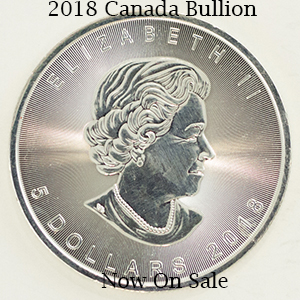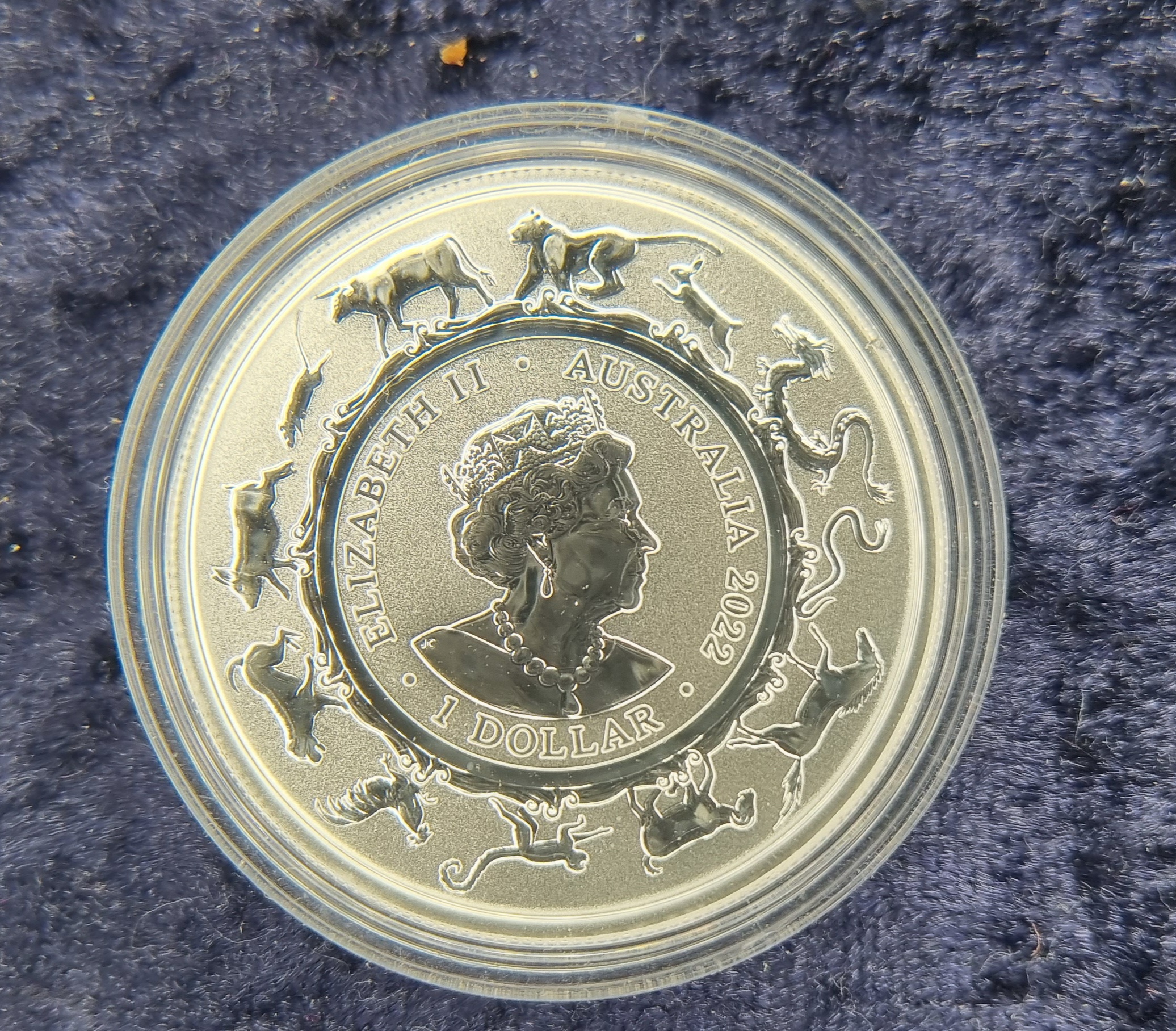Disclaimer: This Article is written based on information from various sources available online and present personal views. This article does not claim to be 100% correct.
In today’s global economy, fiat currency plays a fundamental role in facilitating economic transactions and shaping monetary policies. But what exactly is fiat currency, and how does it differ from other forms of currency? This article delves into the concept of fiat currency, its historical development, key characteristics, and functioning within the financial system. We will explore the advantages and disadvantages of fiat currency, compare it to commodity-backed currency, examine the role of central banks and monetary policies, discuss the challenges and criticisms it faces, and even consider potential alternatives for the future. By the end, you will have a comprehensive understanding of fiat currency and its significance in the modern financial landscape.
1. Introduction: Understanding Fiat Currency

1.1 What is Fiat Currency?
Fiat currency, no, it’s not a fancy Italian car. Sorry for the disappointment. In simple terms, fiat currency is the type of money we use every day. It’s the currency that’s issued by a government and holds value simply because the government says so. It’s not backed by a physical commodity like gold or silver, and its value is not determined by any intrinsic worth. Instead, it’s based on trust and confidence in the government and the economy.
1.2 Brief History of Fiat Currency
Fiat currency has been around for quite a while, though not as long as that stale slice of bread in the back of your pantry. Historically, money used to be tied to something of value, like gold or silver. But as economies grew and trading became more complex, people needed a more flexible form of currency. That’s where fiat currency came in. The first known example dates back to the 11th century in China, when the government issued paper money to replace heavy coins. Since then, governments around the world have embraced the concept of fiat currency, with various forms and designs.
2. Historical Development of Fiat Currency
2.1 Origins of Fiat Currency
Let’s go on a little time-travel journey to explore the origins of fiat currency. In ancient civilizations, people used commodities like salt, shells, or even livestock as a medium of exchange. But as societies evolved, these forms of money became impractical. So, clever ancient rulers started creating their own currency by stamping symbols on pieces of metal, which represented their value. These early coins were not technically fiat currency, as they still had inherent value in the metal itself. But they laid the foundation for the concept of government-issued money.
2.2 Adoption and Evolution of Fiat Currency
Fast forward to more recent history, and we see the adoption and evolution of fiat currency. Governments realized that they could control their economies by printing money and manipulating its supply. This led to the creation of central banks, responsible for managing and regulating the money supply. Over time, fiat currencies became the norm, with different countries introducing their own unique currencies, complete with colorful banknotes and sometimes confusing denominations. So, whether it’s the British pound, the US dollar, or the Japanese yen, fiat currency has become a global phenomenon.
3. Characteristics and Functioning of Fiat Currency
3.1 Definition and Key Features of Fiat Currency
Now that we know where fiat currency comes from, let’s dig into its characteristics and functioning. Fiat currency is essentially a piece of paper or a digital entry in a bank account. Its value is determined by the government’s declaration and the trust placed in the economy. Unlike previous forms of money, fiat currency has no intrinsic value. It’s all about confidence and the belief that you can use it to buy stuff, like that extra-large pizza you’ve been eyeing.
3.2 How Fiat Currency is Created and Distributed
Creating and distributing fiat currency is like baking a delicious cake, except the government is the baker and you’re left with paper or digital dough. Governments have the authority to mint coins and print banknotes, and they do so through their central banks. They carefully control the process to maintain the value of the currency and prevent inflation from running wild, like a pack of unruly squirrels. Once produced, fiat currency is distributed through banks, ATMs, and, of course, by magically appearing in your wallet when you least expect it.
3.3 The Role of Legal Tender Laws
Ah, legal tender laws, the superhero cape of fiat currency. These laws declare that fiat currency must be accepted as a valid form of payment within a country. So, when you hand over some cash at the coffee shop, they can’t look at you weirdly and tell you they only accept seashells. Legal tender laws ensure that everyone has to accept the government-issued money, making it the lifeblood of our daily transactions.
4. Pros and Cons of Fiat Currency
4.1 Advantages of Fiat Currency
Fiat currency, despite its quirks, does come with some advantages. One of the main benefits is its flexibility. Central banks can adjust the money supply to stabilize the economy during times of financial turmoil. Additionally, fiat currency allows for easy and efficient transactions, as you don’t have to carry around heavy gold bars or cattle to buy your morning coffee.
4.2 Disadvantages and Risks of Fiat Currency
Of course, like a stubborn stain on your favorite shirt, fiat currency also has its disadvantages and risks. One major concern is inflation, which occurs when there’s too much money in circulation, leading to a decrease in the currency’s purchasing power. Additionally, the value of fiat currency relies heavily on trust in the government and the stability of the economy. If that trust falters or the economy takes a hit, the value of your money can suffer.
In conclusion, fiat currency is the cornerstone of our modern monetary systems. It’s come a long way from ancient coins to the colorful banknotes we use today. While it may not be as exciting as an Italian sports car, understanding how fiat currency works can help us navigate the financial world with a little more confidence (and a lot fewer parking tickets).
5. Fiat Currency vs. Commodity-backed Currency
When it comes to currencies, there are two main types: fiat currency and commodity-backed currency. Let’s take a look at how they differ from each other.
5.1 Comparison of Fiat Currency and Commodity-backed Currency
Fiat currency is what most of us are familiar with – it’s the money issued by governments that isn’t backed by a physical commodity like gold or silver. Instead, its value is derived from trust and confidence in the government and the economy. In other words, a fiat currency has value because we all agree it does. It’s like the ultimate game of make-believe, except this make-believe can buy you a lot of ice cream.
On the other hand, commodity-backed currency, as the name suggests, is backed by a tangible asset, usually a precious metal like gold. This means that the value of the currency is directly linked to the value of the commodity. If you’re holding a gold-backed currency, technically you’re holding a claim on a specific amount of gold.
So, the key difference between the two is that fiat currency relies on trust and confidence, whereas commodity-backed currency derives its value from an underlying asset.
5.2 Historical Shift from Commodity-backed to Fiat Currency
Once upon a time, most countries used commodity-backed currencies. It gave people a warm fuzzy feeling to know that their currency was backed by something shiny and valuable – like a reassuring pat on the back. However, as economies grew and became more complex, the need for a more flexible monetary system arose. Commodity-backed currencies tied the hands of governments since they couldn’t increase the money supply without acquiring more precious metals. It was like trying to bake a cake with one hand tied behind your back – not fun.
This led to the gradual transition to fiat currencies, which allowed central banks to have more control over the money supply and respond to economic needs. It’s like being given the freedom to add sprinkles, chocolate chips, and even a cherry on top to your cake. Governments could now adjust interest rates and print more money to stimulate or cool down the economy as needed.
This shift from commodity-backed to fiat currency happened during the 20th century, and today, nearly all major currencies are of the fiat persuasion.
6. Central Bank Authority and Monetary Policy in Fiat Currency Systems
Now that we understand the basic differences between fiat and commodity-backed currencies, let’s delve into the world of central banks and monetary policy.
6.1 Role of Central Banks in Fiat Currency Management
Central banks are like the puppet masters behind a country’s monetary system. They have the power to create and regulate money supply, set interest rates, and maintain stability in the financial system. It’s a bit like being the conductor of a lively orchestra, except instead of beautiful symphonies, they’re orchestrating economic harmony.
In the realm of fiat currency, central banks play a crucial role in maintaining the value and stability of the currency. They keep an eagle eye on economic indicators, such as inflation and employment rates, and make decisions accordingly. So, when you hear news about central bank governors attending fancy meetings and making important announcements, know that they’re not just playing pretend – they’re shaping the path of your currency.
6.2 Monetary Policy Tools and Objectives
Central banks have a variety of tools at their disposal to influence the economy. They can adjust interest rates, buy or sell government bonds, and even engage in what’s called quantitative easing (which is a fancy way of saying they pump more money into the economy). Their ultimate objective is to maintain stable prices, low inflation, and promote economic growth. Think of them as the guardians of your purchasing power, ensuring that your money doesn’t turn into worthless confetti.
As we conclude our exploration of fiat currency, it is clear that this form of money has become the backbone of our modern economic systems. While it has its strengths in terms of flexibility and adaptability, it also faces challenges in terms of trust and stability. The future of fiat currency may be influenced by technological advancements, such as the rise of digital currencies or the exploration of alternative monetary systems. Ultimately, understanding the intricacies of fiat currency allows us to navigate the complexities of our financial world and engage in informed discussions about its role and potential evolution.
FAQ
1. What is the main difference between fiat currency and commodity-backed currency?
Fiat currency is not backed by a physical commodity like gold or silver, whereas commodity-backed currency derives its value from the underlying commodity. Fiat currency relies on the trust and confidence of the people and the government that issues it.
2. Are all modern currencies considered fiat currencies?
Yes, most modern currencies are considered fiat currencies as they are not directly backed by a physical asset. The value of these currencies is determined by factors such as supply and demand, government monetary policies, and the overall health of the economy.
3. Can the value of fiat currency change over time?
Yes, the value of fiat currency can fluctuate due to various factors such as inflation, changes in interest rates, economic stability, and geopolitical events. Central banks and monetary policies play a significant role in managing and influencing the value of fiat currencies.
4. Are there any alternatives to fiat currency?
While fiat currency remains the dominant form of money, there are ongoing discussions and explorations into alternative systems, such as digital currencies like Bitcoin and other cryptocurrencies. However, the widespread adoption and stability of these alternatives are still subjects of debate and further development.

